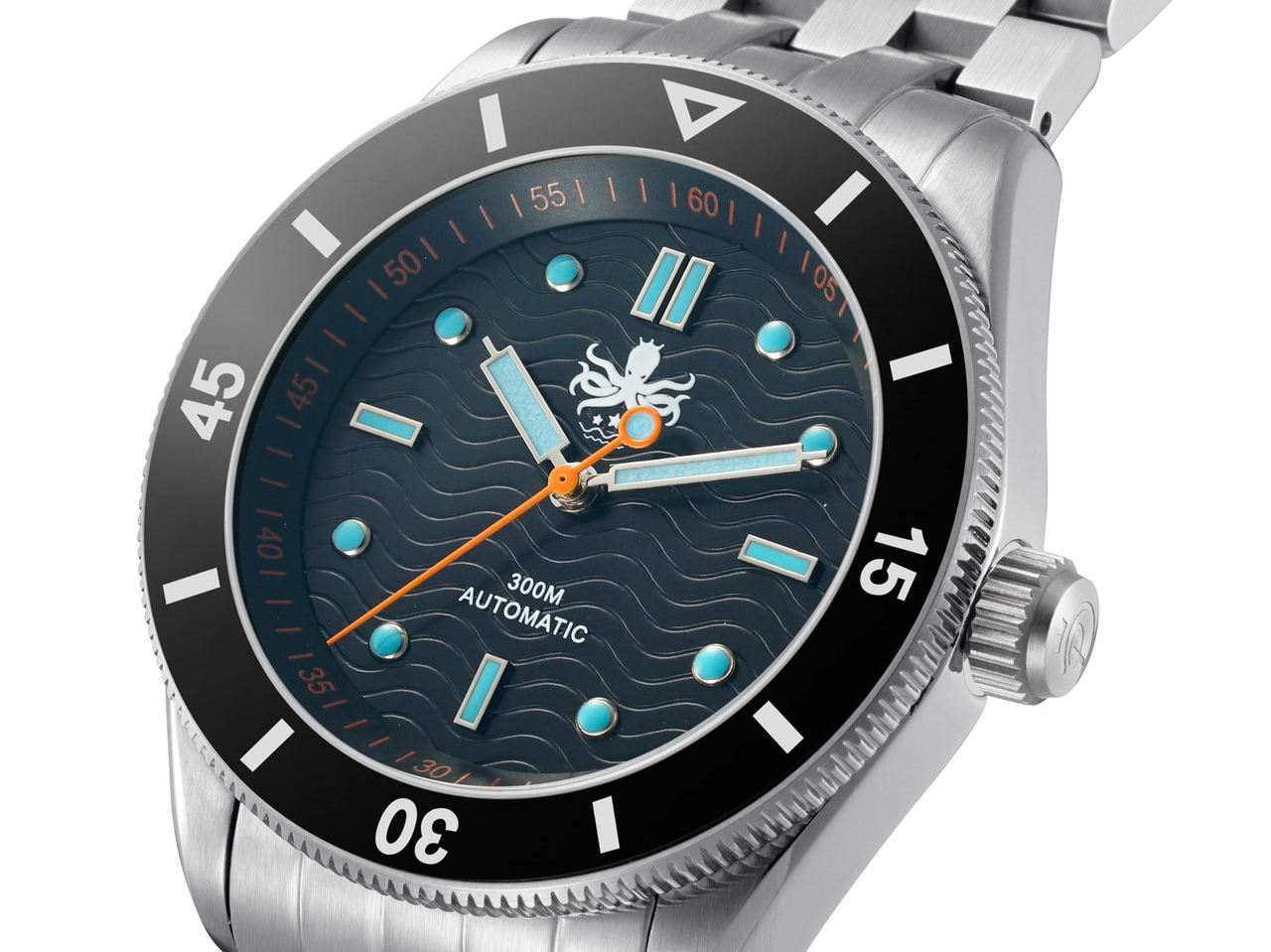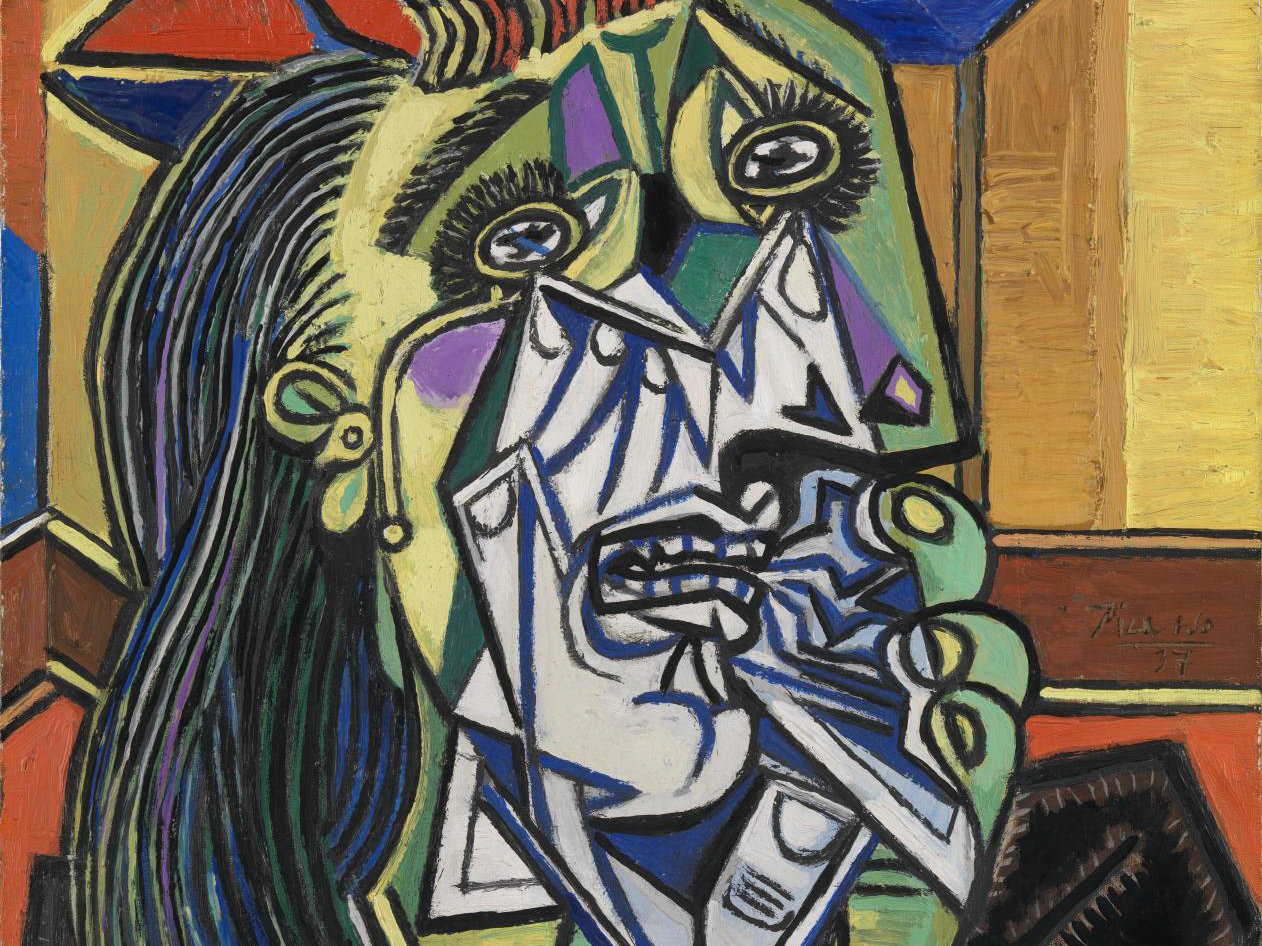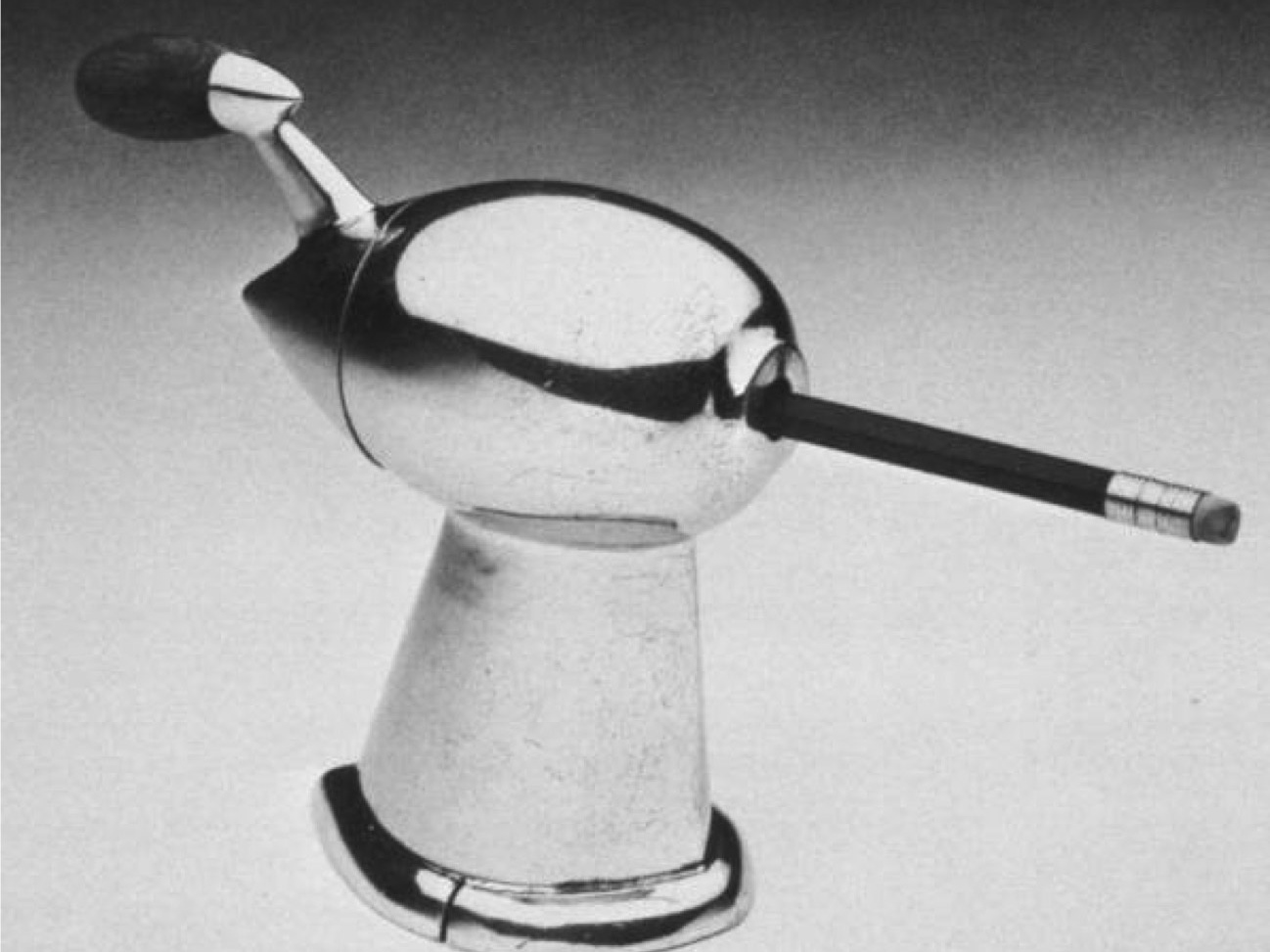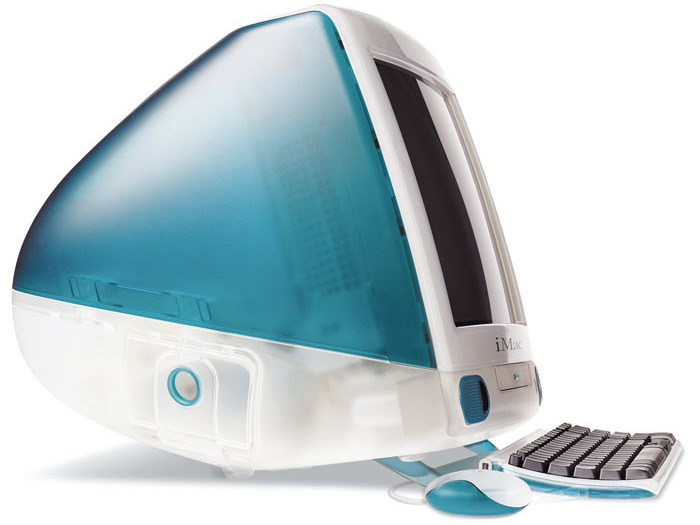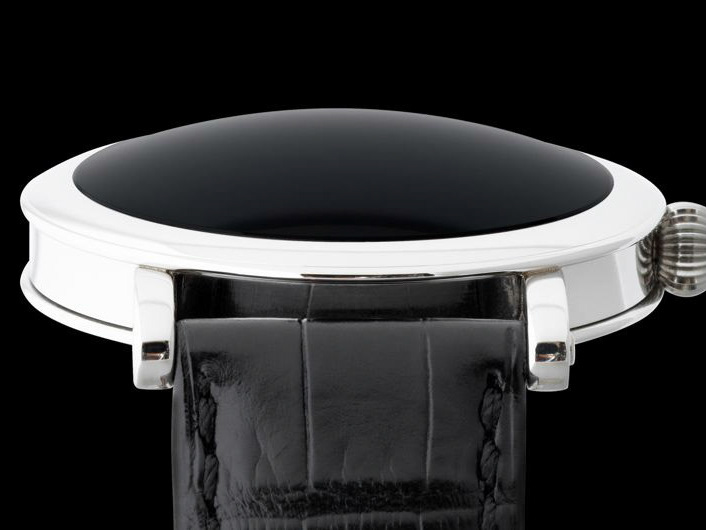'Form ever follows function'. The now immortal phrase coined by architect Louis Sullivan in his essay 'The Tall Office Building Artistically Considered' may be the most mainstream design related aphorism.
What I'd like to discuss is how this idea can be used in a productive way as a designer, following a brief explanation of the intended meaning of the phrase as Sullivan employed it, particularly the word 'function'.
Semantics
What does function mean?
To start, I will make a distinction between function and utility. I suggest that utility serves to describe a narrow group of characteristics that represent the immutable and universal qualities of an object. For instance, the utility of a hammer is to drive a nail. The utility of a bag may be its ability to hold things (often measured in liters of capacity or number of dividers or pockets). These are very easy to latch onto as they are immediately relatable and universal for all observers (the liters of capacity of a bag will not change between you or me or someone 1000 miles away).
Function, as used by Sullivan, on the other hand, encompasses the greater whole that is created by the sum of its parts. Perhaps a better word may be 'content', which was the word of choice for graphic designer Paul Rand. One function of a hammer may be to inspire creative impulse in the user. A function of one bag may be to encourage the user to pursue the outdoors, while another may have the function of boosting the confidence of the wearer in a formal or business environment. The function of the tall office building was to promote and express the 'exaltation' of 'loftiness', according the Sullivan.
This is why, contrary to popular belief, the inevitable conclusion of 'form follows function' is NOT the discovery of a single optimal form. This is why there are thousands of variations on products that have identical utility, as explored in my post 'Experience'.
Sullivan's student, Frank Lloyd Wright, adjusted the phrase to avoid misinterpretation to 'form and function are one' and should be joined in 'a spiritual union'.
Example
Let's look at a specific example: Juicy Salif. This product is often brought up as an example of poor design or form over function.
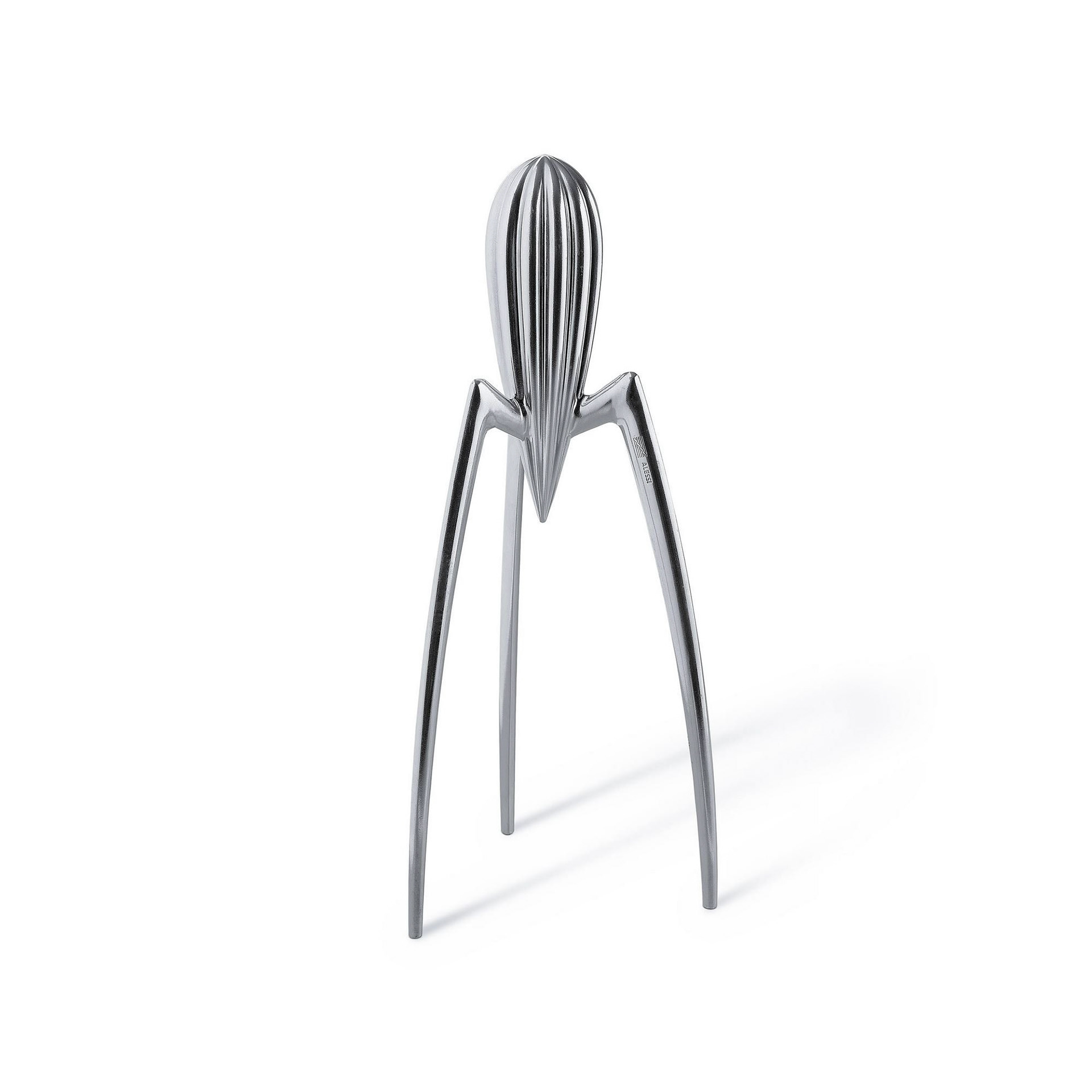
This is where the above semantics exploration comes in handy.
By all accounts, Juicy Salif is a terrible fruit juicer. Fruit juicing is its utility. It's messy to use, difficult to clean, and a gold-plated version was made that cannot be used with lemons as the acidity in the juice will react with the surface coating on the product.
However, what happens when the product's function is explored?
Now, I cannot declare my thoughts as representative of what was going on in Philippe Starck's head while designing this piece, however, I think they can raise interesting points nonetheless.
One way to look at this piece is simply a form that excites. It certainly draws the eye in a way no other juicer does. This could be an intended function.
While drawing the eye in surprises the viewer, the experience is furthered when handled, creating a full sensory experience, from the cool metal in hand, to the sight of the juice running down the central structure, following the shape and seemingly defying gravity as the surface tension draws it to a point at the bottom. Suddenly this object becomes an event, further explored in my post 'Experience'.
Further, the function could extend beyond the kitchen and into the store. It is likely that many would recognize this juicer as a poor juicer while it is still on the shelf. I believe this alleviates potential claims of deception on Starck's part. In that case, the act of purchasing this product encourages (or forces) the 'head' and the 'heart' to engage in a dialogue, fully recognizing that while utility is compromised, experience is intensified. And so Juicy Salif fulfills a function of turning a monotonous and nearly automatic act of purchasing a traditionally banal kitchen appliance into a moment of self-reflection.
Now, you are free to say that I am giving far more credit to the design of this product than it deserves. As I said, I was not in his head when he designed it so this is not to be construed as a fixed or declared truth.
Nonetheless, I hope it opens the door for seeing objects through a more holistic (and perhaps tolerant) lens, and to present the opportunity to design with a greater regard for an object's 'function'. This is not a product for someone looking for a good juicer, but it may be just right for someone who wants juicing to be an experience to remember (or imagine).
Conclusion
In practice, this phrase, with the above understanding of the word 'function', can work as a action-able definition of the act of design. Going back to Paul Rand, he went so far as to define design as the manipulation of form and content, at least as a working definition with which to make practical decisions.
When approaching a design, the function will (because it must) inform the form, but the function is not defined by the category of object (be it a hammer, a bag, or a juicer).
At the very least, I hope this shows the importance of understanding the meaning of words as used by the original speaker when quoting someone, rather than applying our own definitions to them.
Further Reading
The Tall Office Building Artistically Considered - Louis Sullivan
Art as Experience - John Dewey
Thoughts on Design - Paul Rand
Paul Rand: Conversations with Students - Paul Rand
Emotional Design - Donald A. Norman
